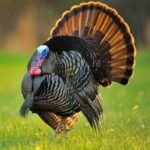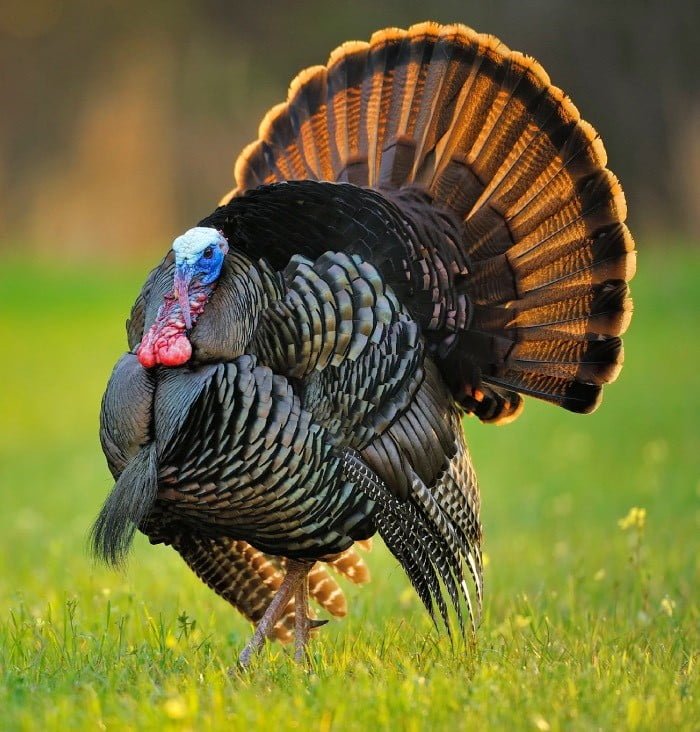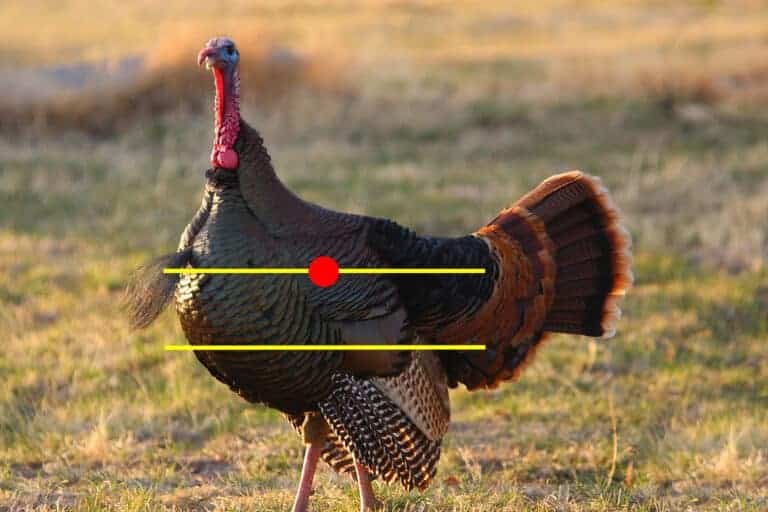Turkey Hunting Texas: What You Need to Know
Texas has become a cornerstone of America’s hunting heritage, drawing seasoned enthusiasts and beginners to its diverse landscapes in pursuit of turkey. Before setting out, it’s essential to understand the Texas Parks and Wildlife Department’s regulations to ensure a safe, ethical, and enjoyable hunt. So let’s get into turkey hunting Texas.
Texas: A Premier Destination for Turkey Hunting
Texas’s varied terrain, from rolling plains to dense forests and river valleys, offers ideal turkey habitats. Hunters are drawn to the challenge of the Eastern and Rio Grande turkeys, known for their keen senses and elusiveness. Success in the Texas turkey season demands skill, patience, and a deep understanding of turkey behavior and terrain navigation.
Regulations and Guidelines in Texas Hunting
The TPWD upholds conservation and sustainable wildlife management through strict regulations. Hunters must familiarize themselves with these rules, covering hunting seasons, bag limits, licensing, and safety measures. Adherence to these guidelines ensures the conservation of turkey populations for future generations and upholds ethical hunting practices.
Turkey Species in Texas: Diversity and Beauty
Texas boasts two primary turkey species: the Eastern turkey and the Rio Grande turkey, each with unique characteristics and preferred habitats. Understanding these differences is crucial for a successful hunt.
Eastern Turkey: The Forest’s Majestic Emblem
The Eastern turkey, with its dark, iridescent plumage, thrives in the dense woodlands of Eastern Texas. Hunting these birds often requires patience and skill due to their preference for dense cover.

Rio Grande Turkey: The Icon of Texas's Southwest

The lighter-feathered Rio Grande turkey is at home in the open habitats of Texas’s Hill Country and Central Plains. Their adaptability to varied landscapes makes them a prevalent and challenging target.
Hunting Seasons and Regulations in Texas
Understanding the distinct spring and fall turkey seasons in Texas is essential for planning successful hunts. The spring season, aligning with the breeding period, offers vocal and responsive turkeys, while the fall season, outside of the breeding time, presents different behavior patterns. Hunters must adhere to bag limits, licensing requirements, and ethical practices to ensure the sustainability of turkey populations.
Turkey Habitats Across Texas
Hill Country: Rolling Hills and Rio Grande Turkeys
The Hill Country, with its abundant Rio Grande turkeys and picturesque landscapes, provides a perfect setting for hunters looking for diverse terrain and plentiful game.
Pineywoods: Dense Forests Home to Eastern Turkeys

The Pineywoods region offers a challenging hunt amidst towering pines and hardwoods, where Eastern turkeys roost and forage.
Central Texas Plains: A Blend of Fields and Woods
Central Texas Plains, with its open and wooded areas, attracts both Eastern and Rio Grande turkeys, offering hunters varied hunting experiences.
Understanding Turkey’s Behavior and Biology
Breeding Behaviors in Spring
Spring in Texas marks the height of turkey breeding behavior, with toms displaying and vying for hens’ attention. Recognizing these behaviors can significantly benefit hunters.
Roosting and Nesting Habits
Turkeys roost in trees for safety and nest on the ground in concealed spots. Hunters can use this knowledge to locate turkeys during the season.
Vocalization Insights
Gobbling, yelping, and purring are key turkey vocalizations. Hunters can mimic these sounds to attract turkeys during the hunt.
Conclusion
Turkey hunting in Texas is an intricate dance with nature, combining knowledge of turkey behavior, adherence to regulations, and an appreciation for the state’s natural beauty. Armed with this understanding, hunters can embark on memorable Texas turkey hunts, contributing to the heritage and conservation of these magnificent birds.






